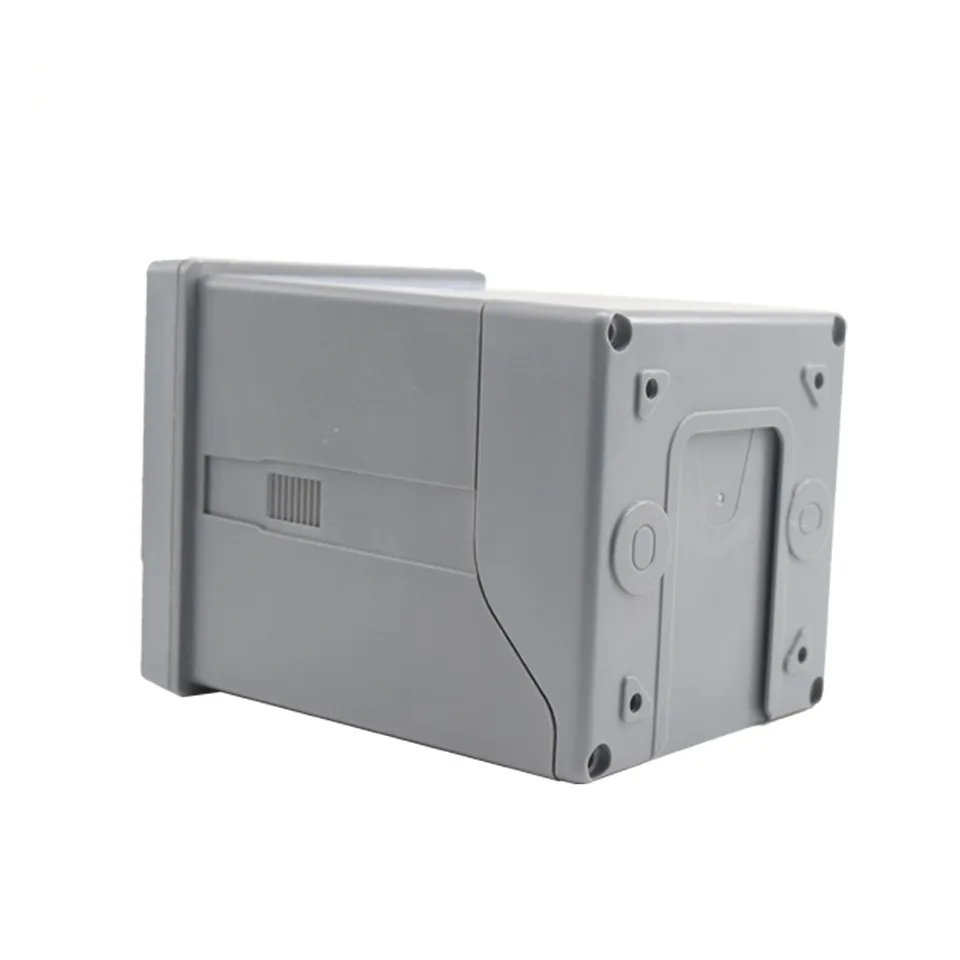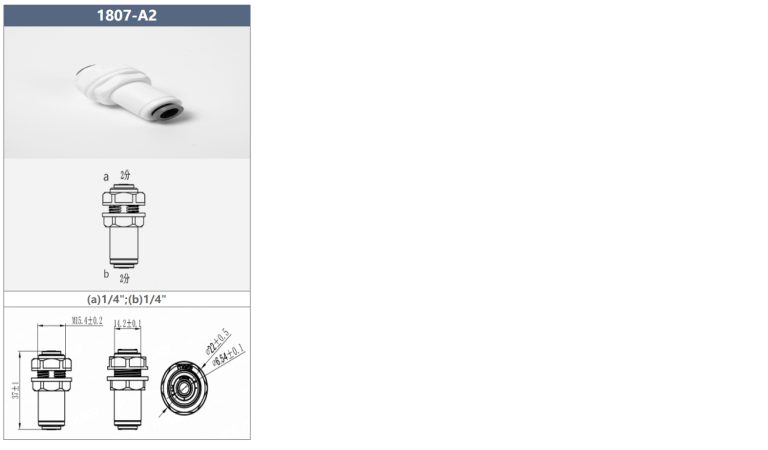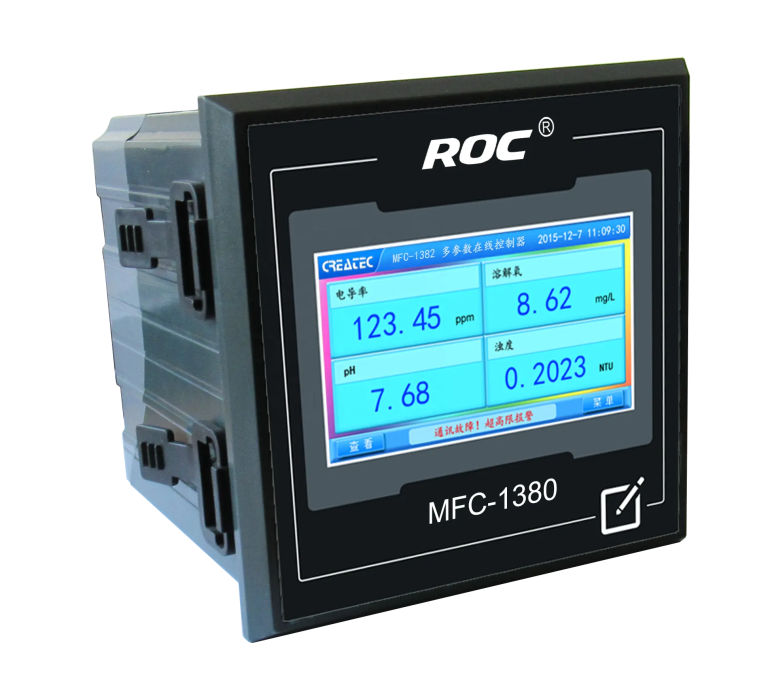Measuring resistance with precision.
Understanding resistivity meters: A Comprehensive Guide
Resistivity meters are essential tools used in various industries to measure the resistivity of materials. Understanding how resistivity meters work and their applications is crucial for ensuring accurate measurements and reliable data. In this comprehensive guide, we will delve into the intricacies of resistivity meters, their principles of operation, and the factors that can affect their performance.
Resistivity meters, also known as conductivity meters, are devices that measure the resistance of a material to the flow of electrical current. This resistance is quantified by the resistivity of the material, which is a fundamental property that characterizes its ability to conduct electricity. Resistivity meters typically consist of a probe or sensor that is in contact with the material being tested, a measurement circuit that applies a known voltage to the material, and a display or readout that shows the resistance value.
One of the key principles behind resistivity meters is Ohm’s Law, which states that the current flowing through a material is directly proportional to the voltage applied and inversely proportional to the resistance of the material. By measuring the current and voltage, resistivity meters can calculate the resistance of the material and, subsequently, its resistivity. This information is crucial for determining the electrical properties of the material, such as its conductivity and resistivity.
Resistivity meters are used in a wide range of applications, including quality control in manufacturing processes, environmental monitoring, and geological surveys. In manufacturing, resistivity meters are used to ensure the consistency and reliability of materials used in electronic components, semiconductors, and other products that require precise electrical properties. In environmental monitoring, resistivity meters are used to assess soil and water quality, as well as to detect contaminants and pollutants. In geological surveys, resistivity meters are used to map subsurface structures, such as mineral deposits, groundwater reservoirs, and geological formations.
Several factors can affect the performance of resistivity meters, including temperature, humidity, and the composition of the material being tested. Temperature variations can alter the electrical properties of materials, leading to inaccurate measurements. Humidity can also affect the conductivity of materials, especially in high-moisture environments. Additionally, the composition of the material, such as its chemical makeup and physical structure, can influence its resistivity and conductivity.

To ensure accurate measurements, it is essential to calibrate resistivity meters regularly and to follow proper testing procedures. Calibration involves comparing the readings of the resistivity meter with known standards or reference materials to verify its accuracy. Proper testing procedures involve ensuring that the probe or sensor is in good condition, that the material being tested is clean and free of contaminants, and that the measurement circuit is functioning correctly.
In conclusion, resistivity meters are valuable tools for measuring the resistivity of materials and assessing their electrical properties. By understanding how resistivity meters work, their applications, and the factors that can affect their performance, users can make informed decisions and obtain reliable data. Whether in manufacturing, environmental monitoring, or geological surveys, resistivity meters play a crucial role in ensuring the quality and integrity of materials and the accuracy of measurements.







